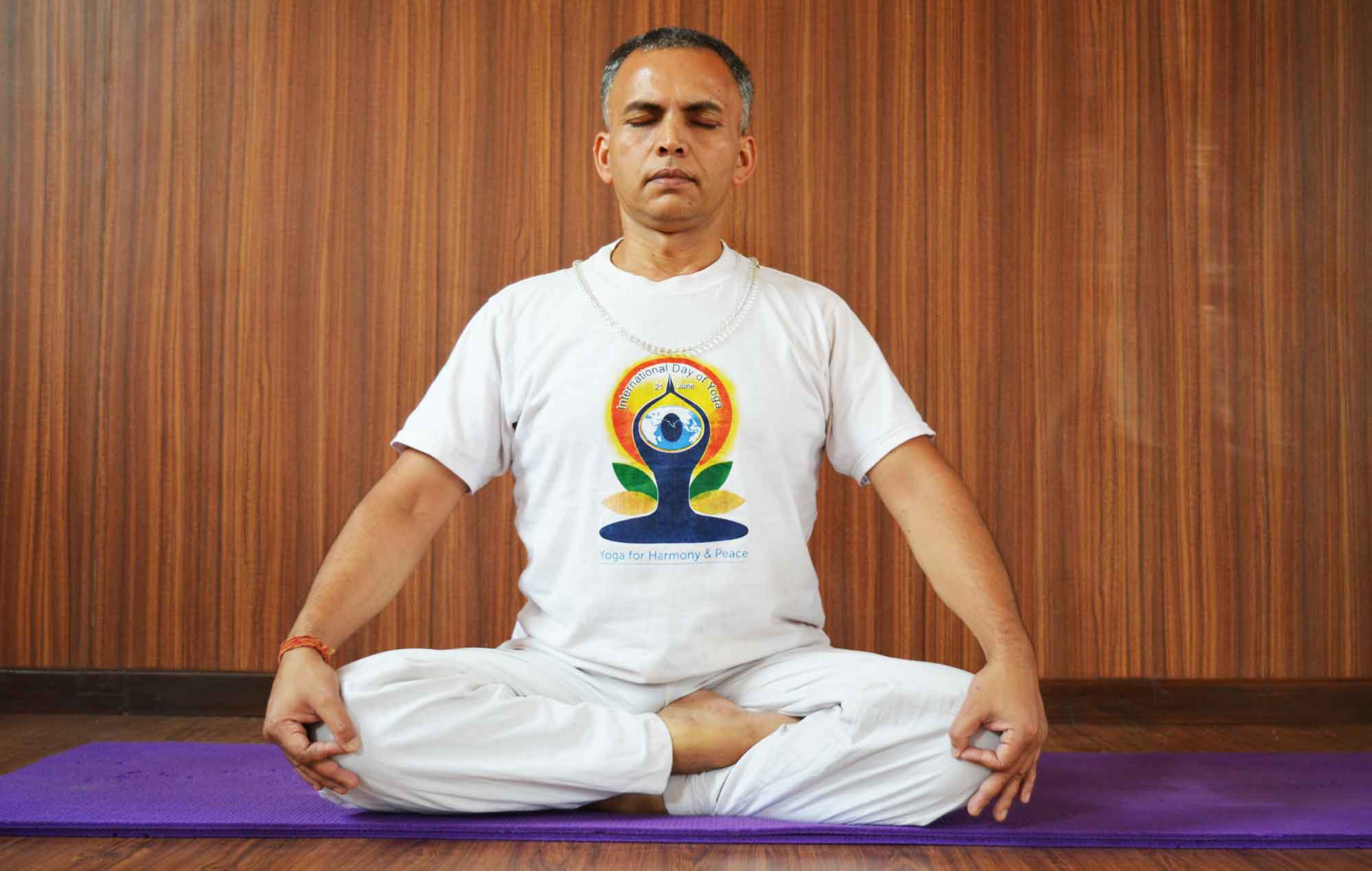Discourse of Yoga Philosophy (योग दर्शन)
5 Mar 2021 HYN Himalayan Yoga Academy

Discourse of Yoga Philosophy (योग दर्शन)
There are nine Eastern philosophies – theist-6 and atheist-3. Out of 6 theists, Yoga Darshan is one of them. Yoga Darshan is also known as Yoga Sutra today. Maharshi Patanjali complied this sacred in between 2200 to 2300 years.More about Yoga Philosophy
Brief introduction of Yoga Philosophy :
The first official and pure yoga text is Paatanjal Yoga Sutra, though lots of yogic message and tools mentioned in Vedas, Upanishads and Bhagvat Geeta but there are considered as referenced book of Yoga. Bhagvat Geeta ia called Yoga Gitopanishad as well. But Yoga Sutra is the complete book for both philosophical and practical guidelines, today all types or schooling of yoga is based on Yoga Darshan.
There are 195 verses or Sutra and four Chapters.
1. Samadhi Pada 2. Sadhana Pada 3. Vibhuti Pada 4.Kaivalya Pad
1. Samadhi Pada – 51 Sutras – The aim of yoga or the definition of Yoga is Yogashchittavrittinirodhah – योगश्चित्तवृत्तिनिरोधः – the cessation of modifications of thoughts in chitta is called Yoga.
The sorts of major highlights in these units are Introduction of Yoga; Goal; Instinct; Practice, Asceticism (Vairagya); Samadhi distinction (समाधि भेद); Yoga interruptions (अंतराय); Types of Chitta; Mind remedies.
Vritti – Pramaanaviparyayavikalpanidrasmritayah – वृत्ति – प्रमाणविपर्ययविकल्पनिद्रास्मृतयः ॥६॥ –Evidence (प्रमाण )-; – the basis of evidence; Paradoxical (विपर्यय )-false knowledge (seeing a snake on a rope); Fantasy (विकल्प ) – Imagination; Sleep (निद्रा) – sound dreamless; Smriti (स्मृति )- recollection –memory in chitta / rites;
Vritti Nirodh – Abhyasvairagyabhyam Tannirodhah – अभ्यासवैराग्याभ्याम तन्निरोध: The complete cessation of all modified thoughts throughout practice and detachment.
Samadhi – Samprajnata and Asamprajnata
Samprajnata – The restraint of the mind by the relation of argumentation; thoughts/deliberation; bliss/feeling of happiness; pure sense/am-ness.
Asamprajnata – The supper consciousness preceded by the repeated practice of total cessation of experience leaving a residual effect.
Asamprajnata is achieved by birth of Videha (frequent and rhythmic practice of yogins) and Prakriti Rhythm or, Asamprajnata is perfected by reverence, supreme power, memory or concentration and wisdom.
Yoga Interruptions (Yoga Interruptions): 1. Vyadhi – Disease; 2. Satyan – mental inertia/dullness; 3. Samshaya – doubt; 4. Pramaad – mistake; 5. Aalasya – laziness; 6. Avirati – subject-craving; 7. Bharantidarshan – Delusory view point; 8. Alabdha bhoomikatva – inability quality; 9.Anavasthitatva – instability/ the state of being detached even when the object is received. It is these distractions that distract the mind – 1.30
Types of Chitta: Kshipta-Rajo qualities high; Mudha – Tamo qualities; Vikshipta – sato qualities; Ekaargrata – Sattva qualities High (Dharma Megh Samadhi); Niruddha-paravairagya;
Chitta Prasadan Upaya: Maitrya; Karuna; Mudita / Prashant; Upekshaa; मैत्रीकरुणामुदितोपेक्षणां सुखदुःखपुण्यापुण्यविषयाणां भावनातश्चित्तप्रसादनम् ॥३३॥ – By cultivating the attitude of friendship, compassion, joy, and indifference, respectively towards the subjects of pleasure, misery, vitue and viciousness, through repeated treatment.
